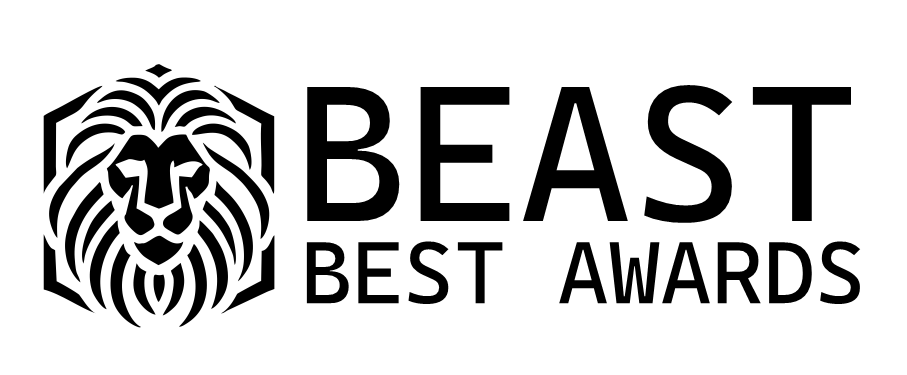In the rapidly evolving world of construction, choosing the right building material can make a huge difference in performance, safety, and sustainability. When you compare the magnesium oxide board with conventional materials like gypsum drywall, plywood, OSB, and cement boards, the distinctions are striking—and overwhelmingly in favor of the magnesium oxide board.
1. Unparalleled Fire Performance
One of the standout benefits of the magnesium oxide board is its superior fire resistance. Unlike gypsum drywall and OSB, which can ignite and emit smoke or toxic fumes, the magnesium oxide board is inherently non-combustible and designed to meet higher fire safety standards. It’s suitable for critical structural applications such as fire-rated partitions or exterior sheathing, providing a significantly higher degree of protection.
2. Moisture, Mold, and Rot Resistance
Traditional materials like drywall, plywood, and OSB are vulnerable to moisture infiltration—leading to swelling, warping, and eventual decay. On the other hand, the magnesium oxide board is moisture-resistant and dimensionally stable in humid conditions. Its inorganic formulation fundamentally inhibits mold, mildew, and rot formation, promoting healthier indoor environments and reducing maintenance worries.
3. Superior Durability and Structural Strength
Gypsum and plywood are relatively soft and prone to chipping or surface damage. The magnesium oxide board, fortified with high-tensile reinforcing—such as fiberglass mesh—offers advanced bending flexibility, high impact resistance, and excellent racking strength. This makes it far more durable and long-lasting, particularly in heavy-use or high-traffic areas.
4. Environmental and Health-Safe Benefits
A clear edge of the magnesium oxide board lies in its eco-conscious manufacturing and chemical profile. It is made with natural minerals—free from formaldehyde, crystalline silica, gypsum, or fly ash—and is often produced using lower-energy methods. This not only results in a lower carbon footprint but also avoids off-gassing and toxicity issues common with many traditional boards.
5. Thermal and Acoustic Performance
While standard drywall and plywood offer moderate insulation, the magnesium oxide board enhances both thermal and acoustic comfort when paired with modern insulation systems. It helps buffer indoor temperatures effectively and reduces noise transmission—key factors in today’s energy-efficient, well-being-driven building designs.
6. Ease of Installation and Versatility
Despite its robust performance, the magnesium oxide board is surprisingly builder-friendly. It can be cut, drilled, shaped, and fastened using standard carpentry tools—just like timber-based panels. This flexibility, along with its compatibility with a multitude of finishing options, enables seamless integration into modern construction workflows.
Summary Table
| Feature | Magnesium Oxide Board | Traditional Materials (Drywall, OSB, Plywood) |
|---|---|---|
| Fire Resistance | Non-combustible, high fire rating | Combustible; limited resistance |
| Moisture & Mold Resistance | Highly resistant, stable | Prone to swelling, mold, deterioration |
| Structural Strength | High impact & bending strength | Moderate; susceptible to damage |
| Environmental & Health Safety | Inorganic, low-carbon, non-toxic | May contain VOCs or harmful additives |
| Thermal & Acoustic Properties | Better insulation and sound control | Basic performance |
| Installation Ease | Easy to cut/handle with standard tools | Easy, but less durable |
Final Thoughts
When pitted side by side, the magnesium oxide board clearly outperforms traditional building materials across key performance metrics—from safety and moisture resistance to longevity and sustainability. Whether you're building to last, aiming for healthier indoor environments, or striving for green certification, the magnesium oxide board represents a smarter, future-ready choice.









